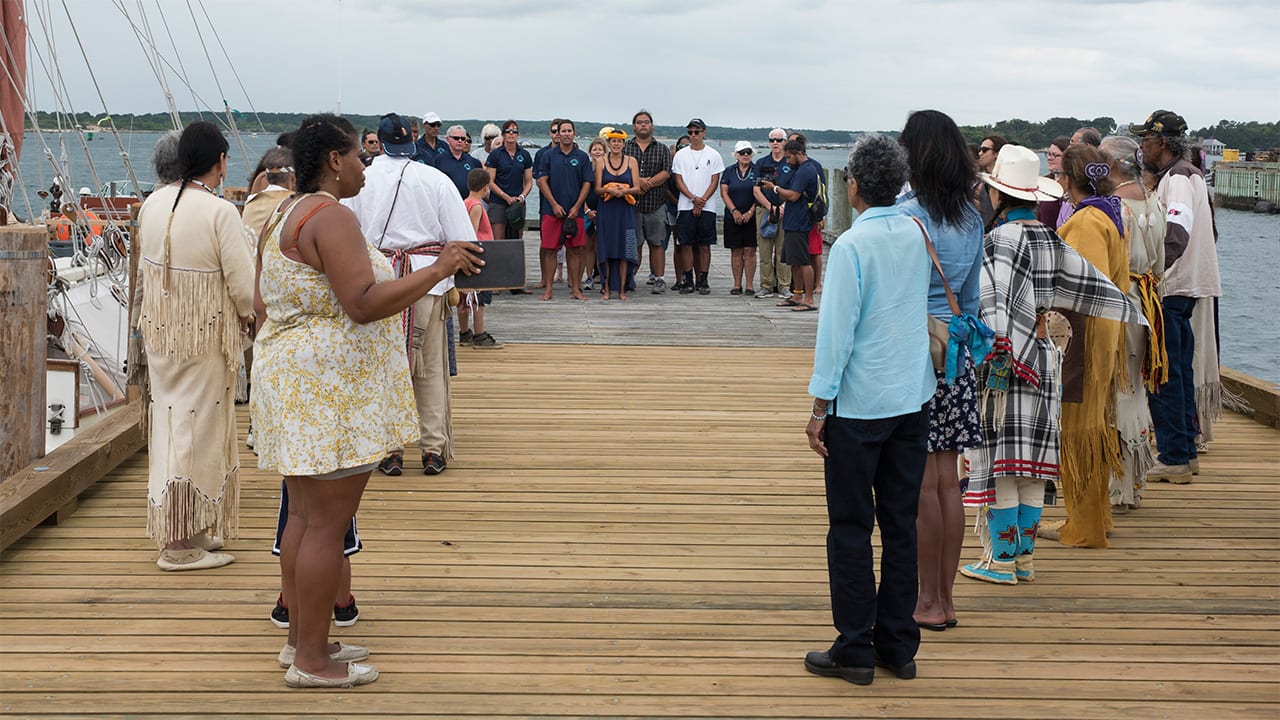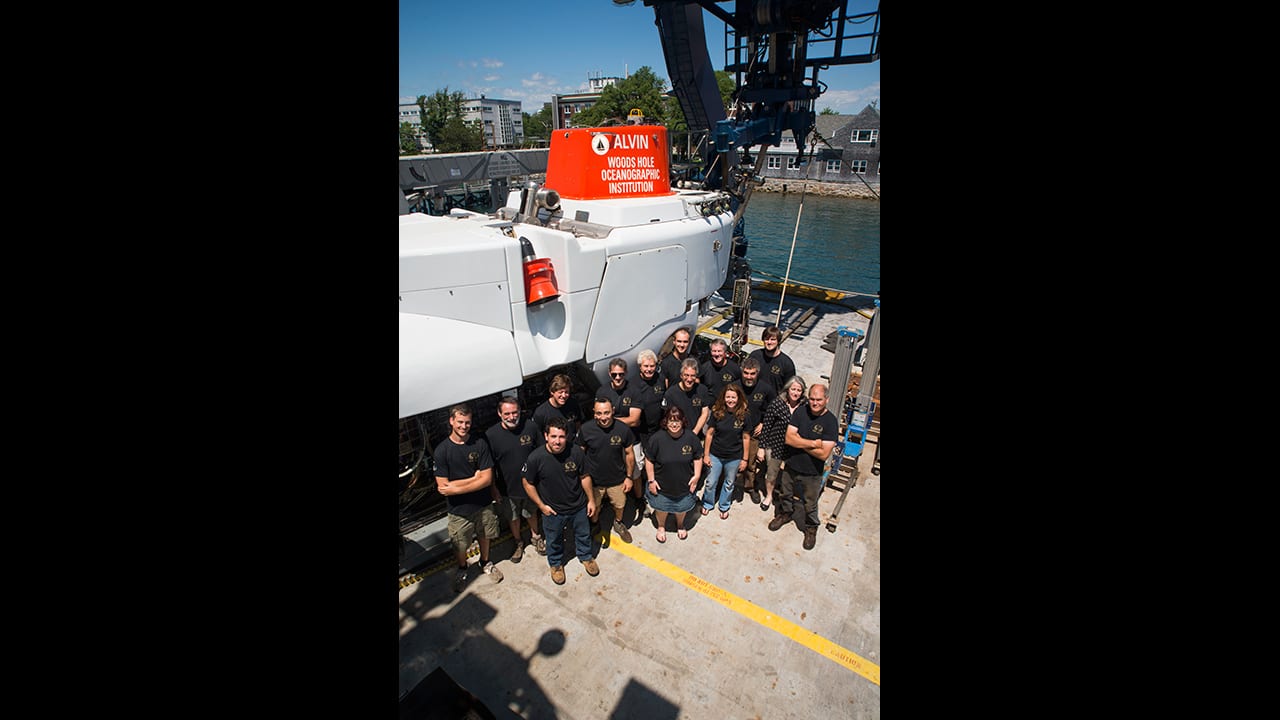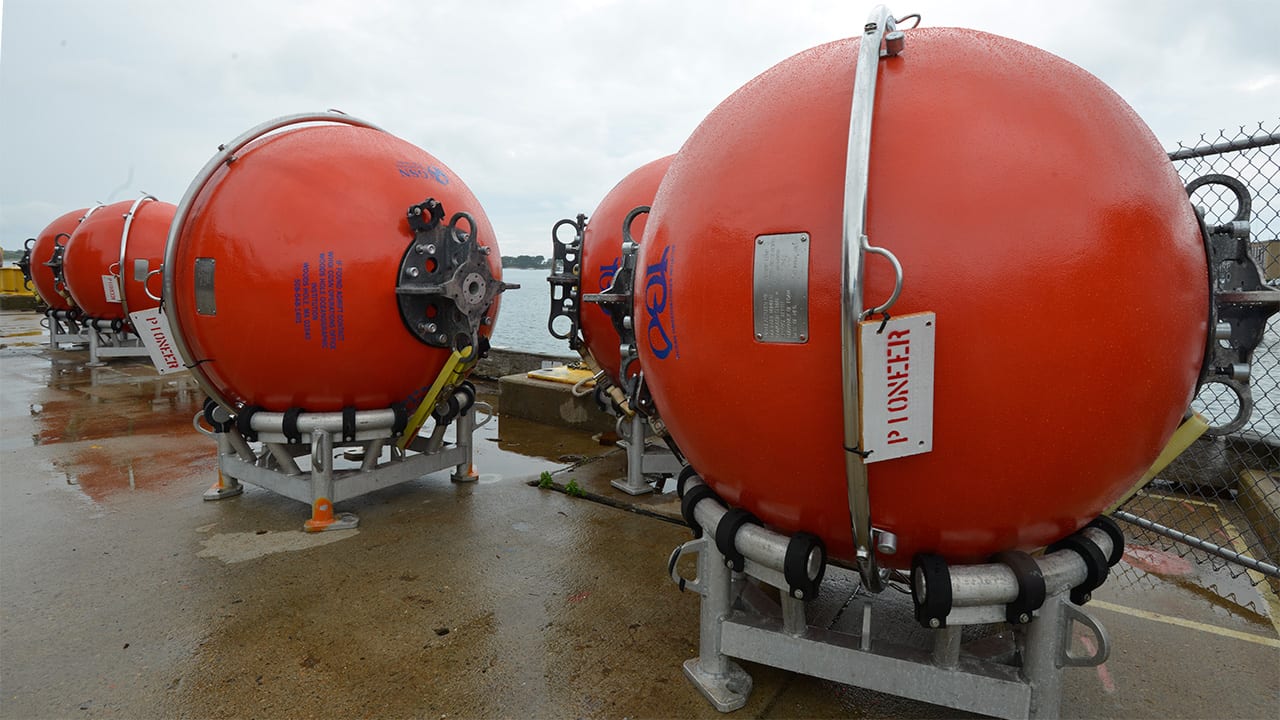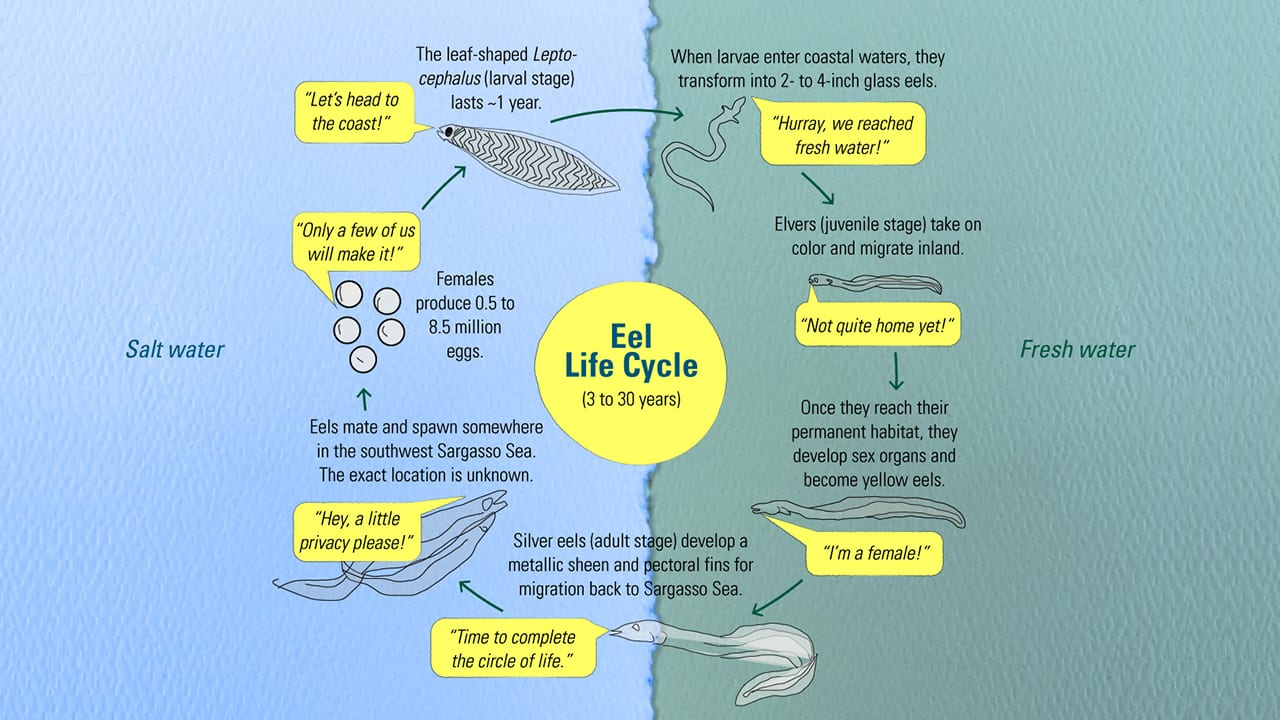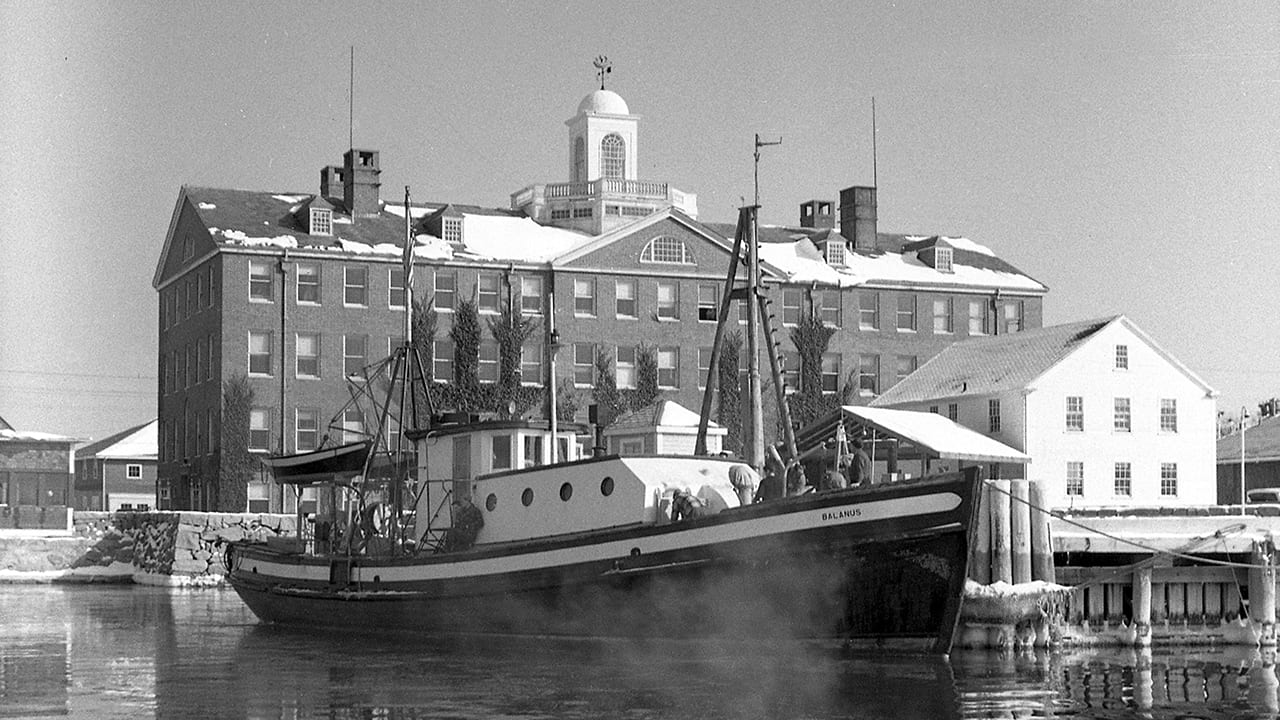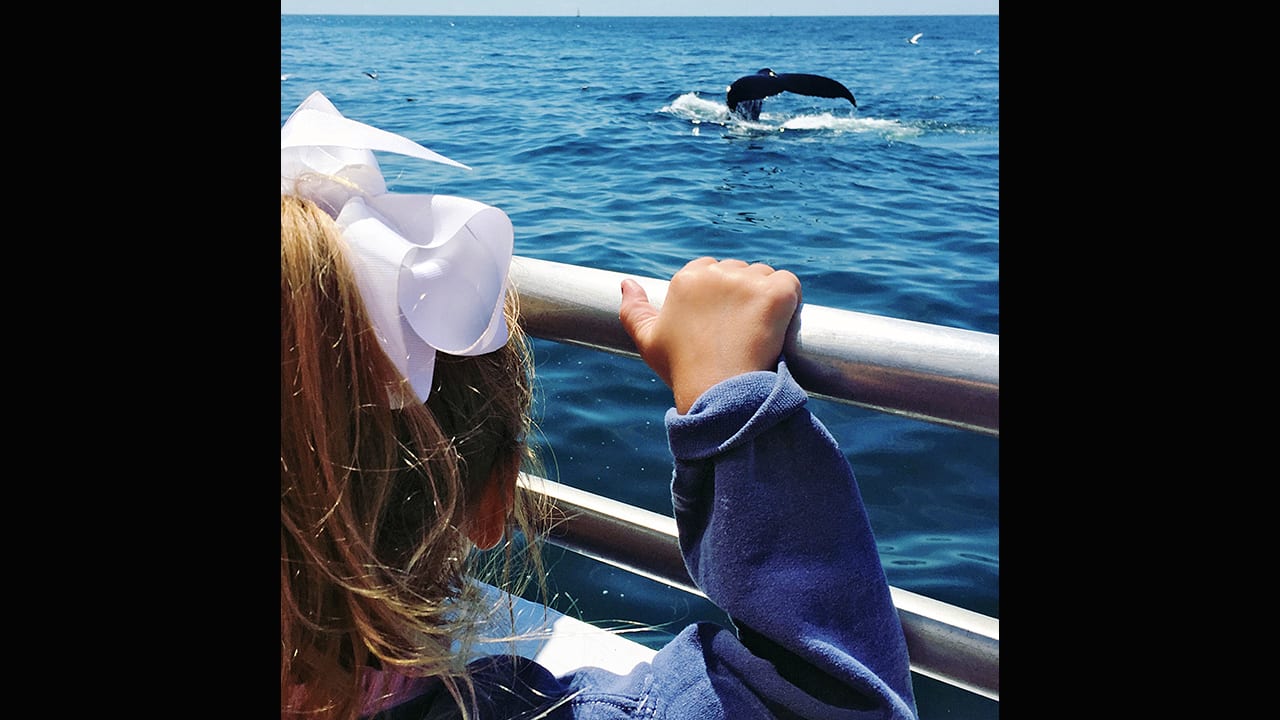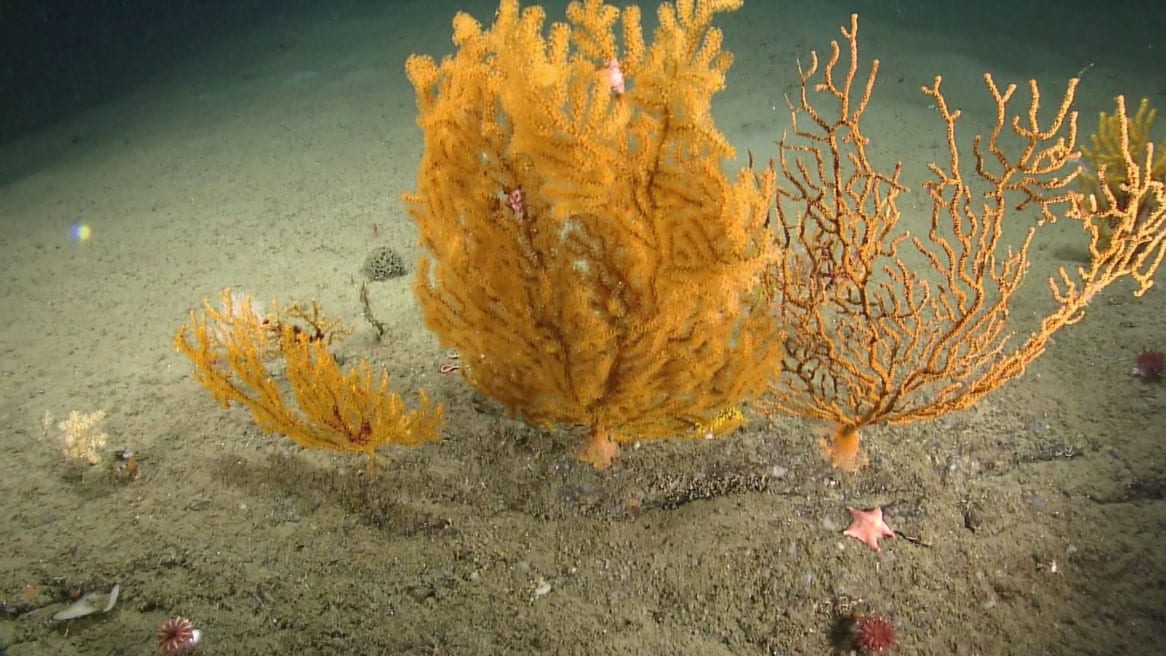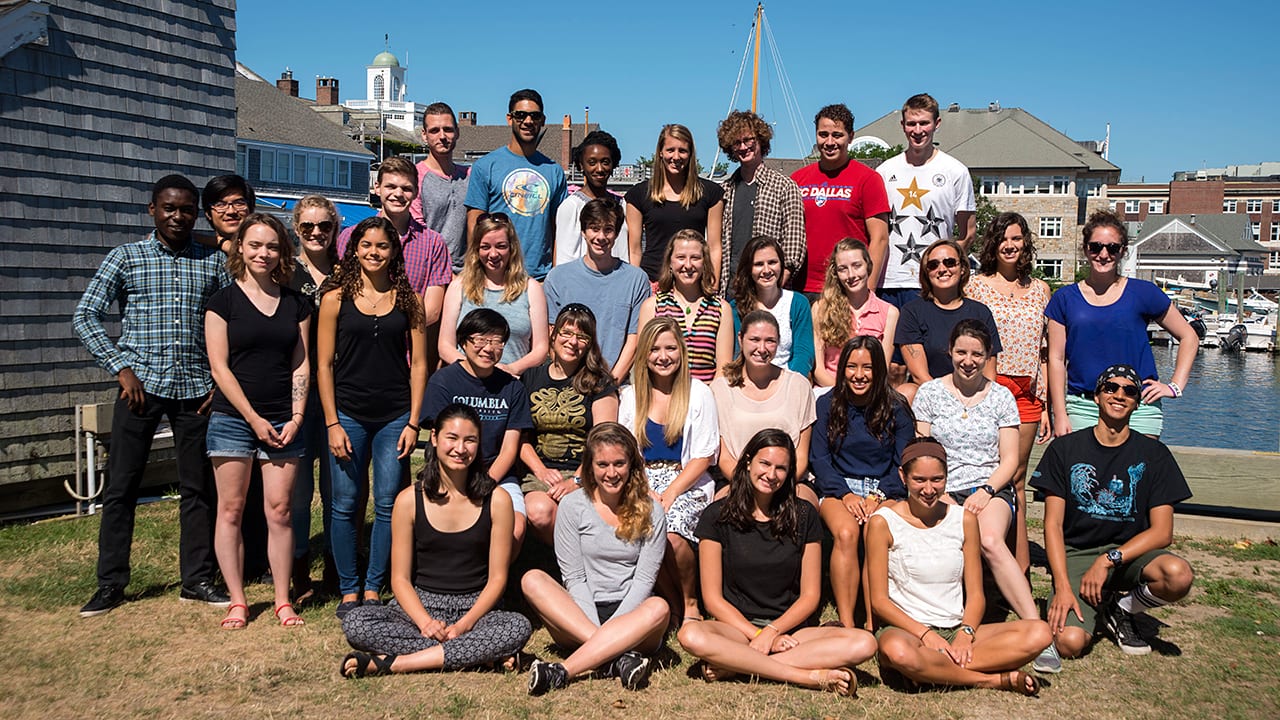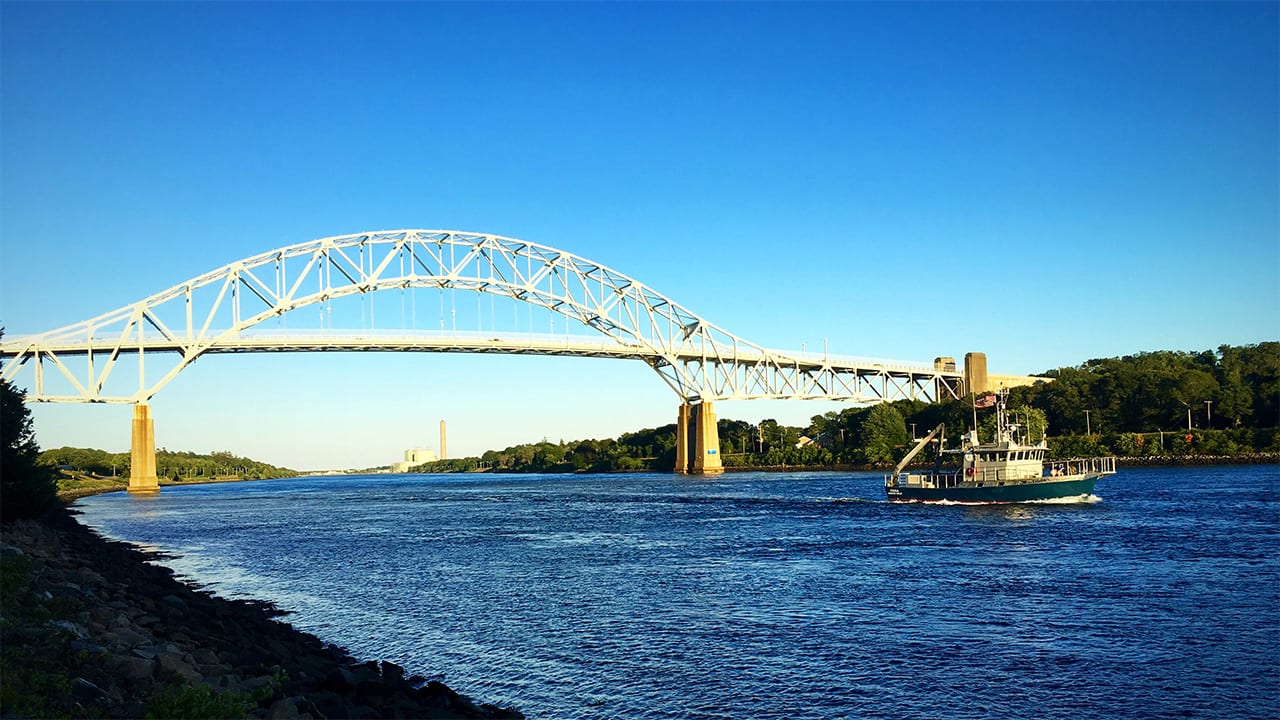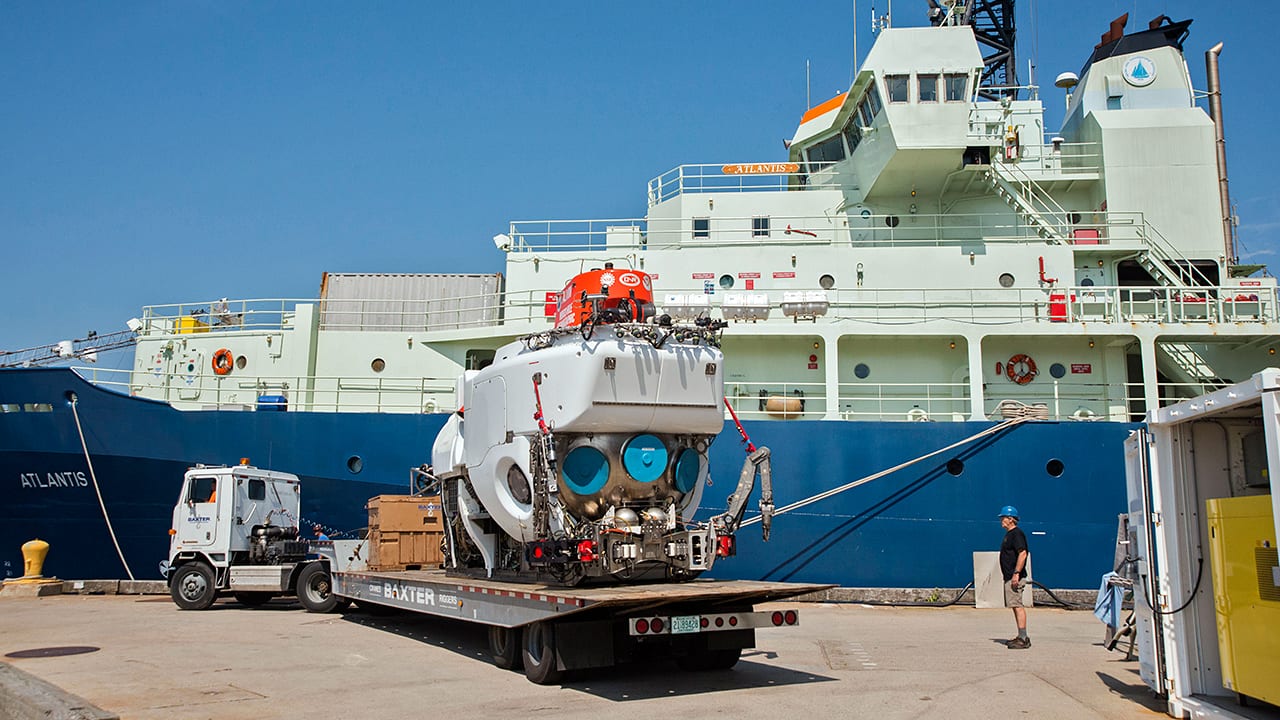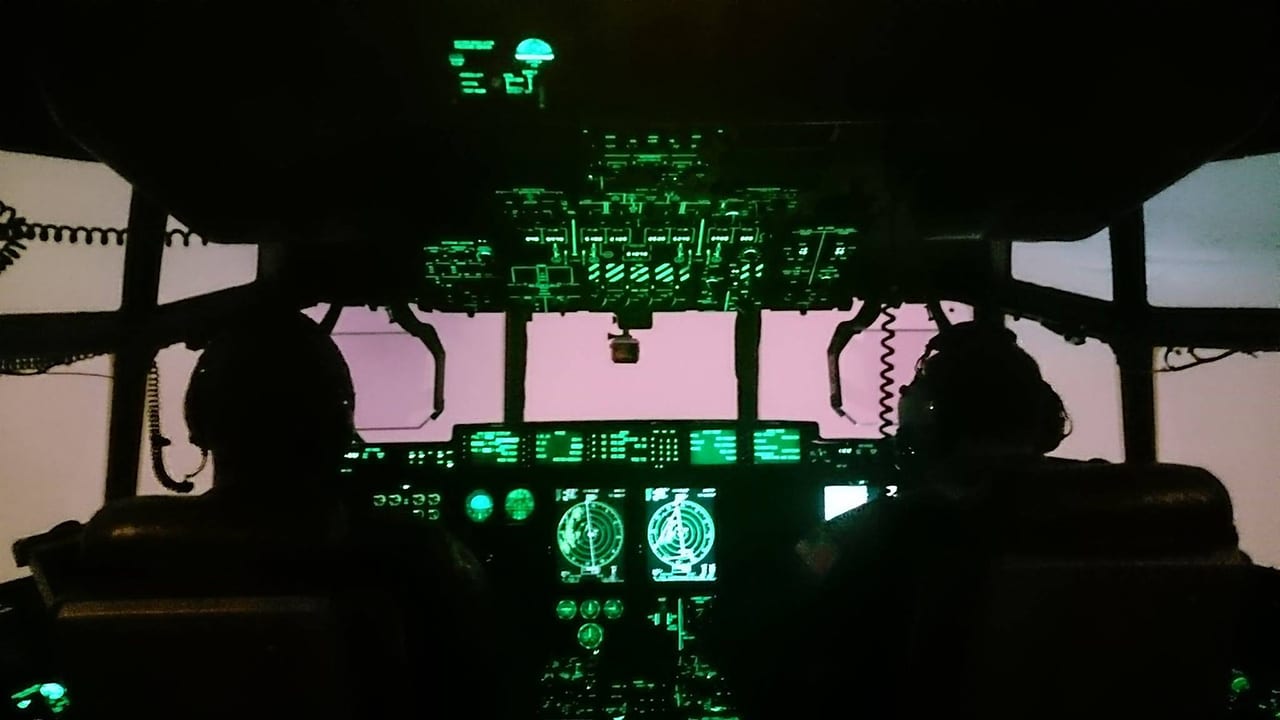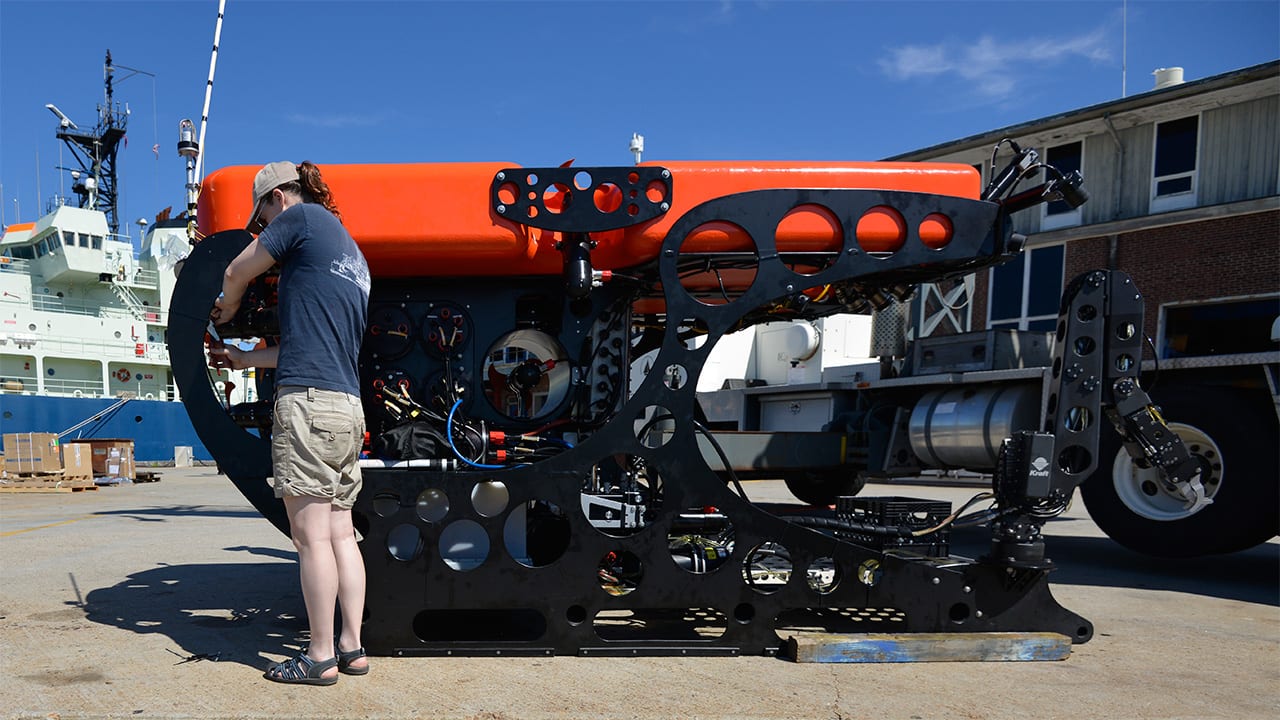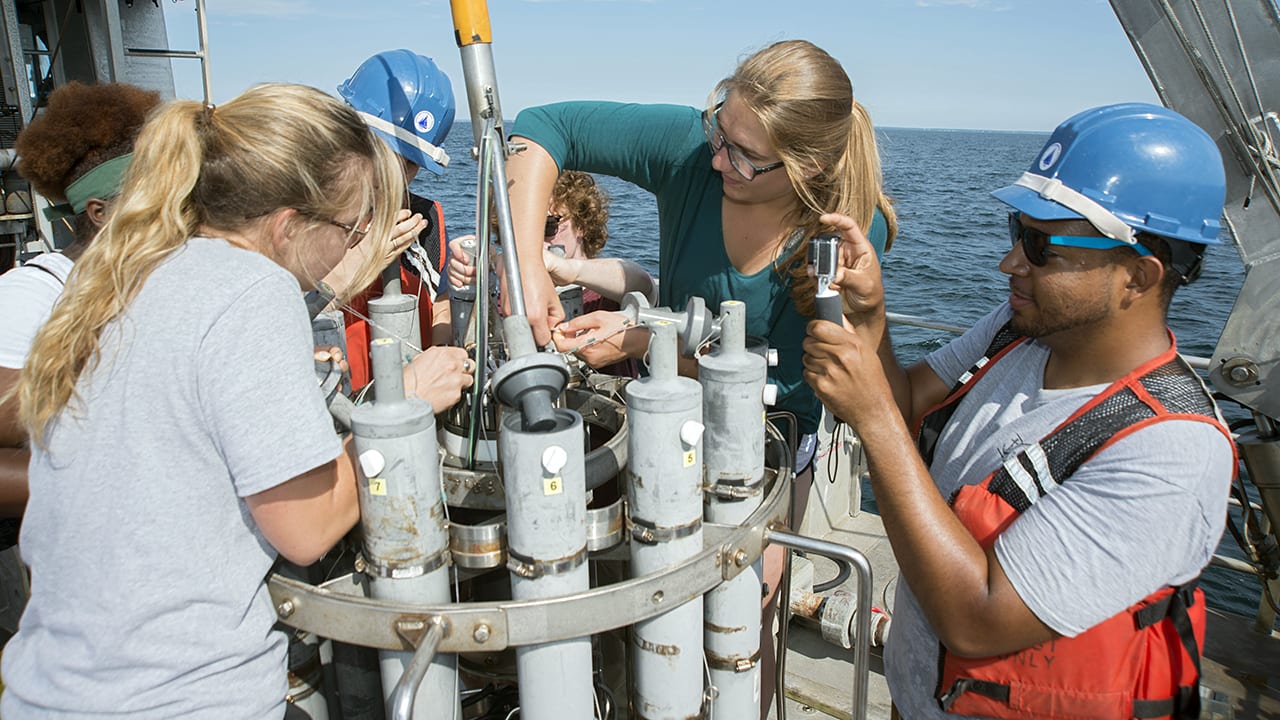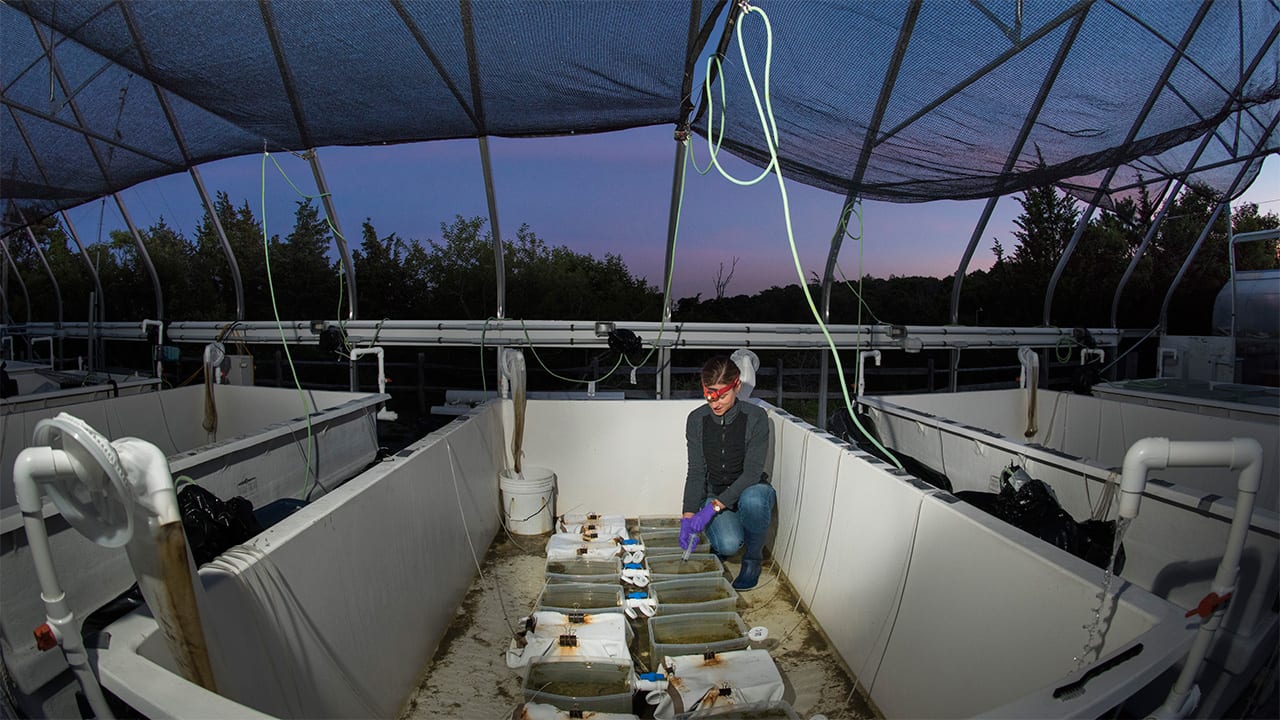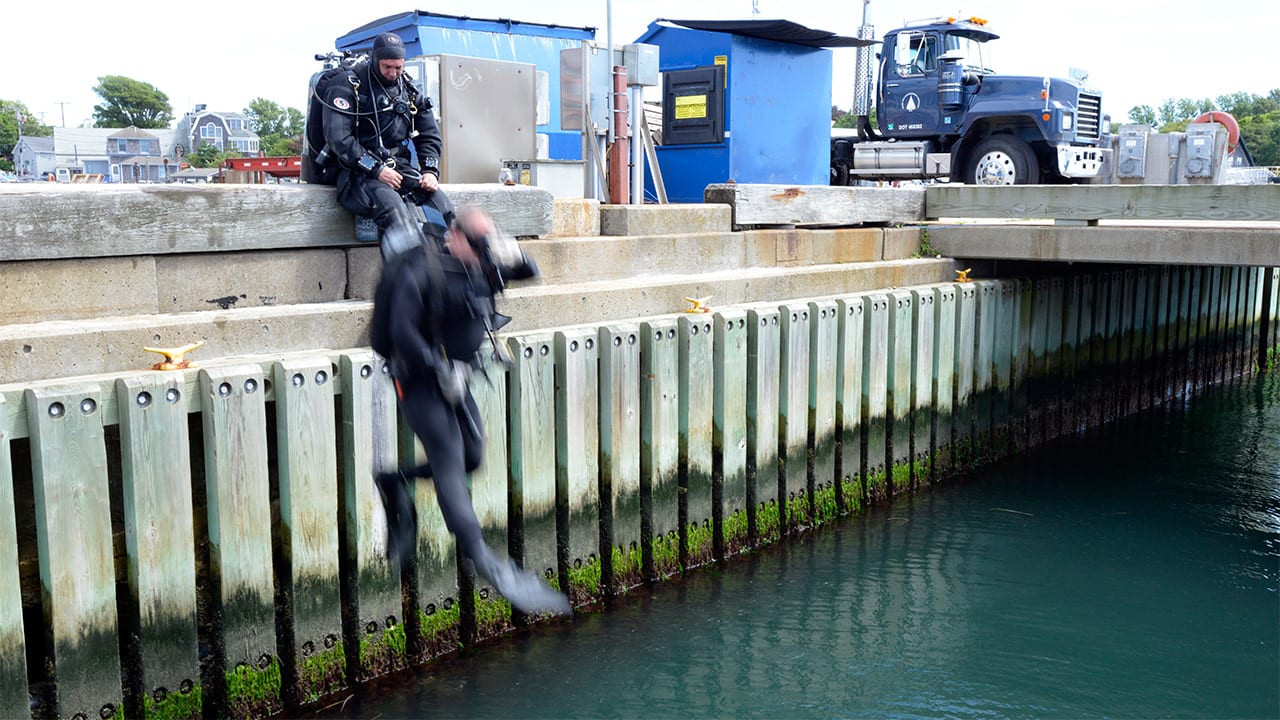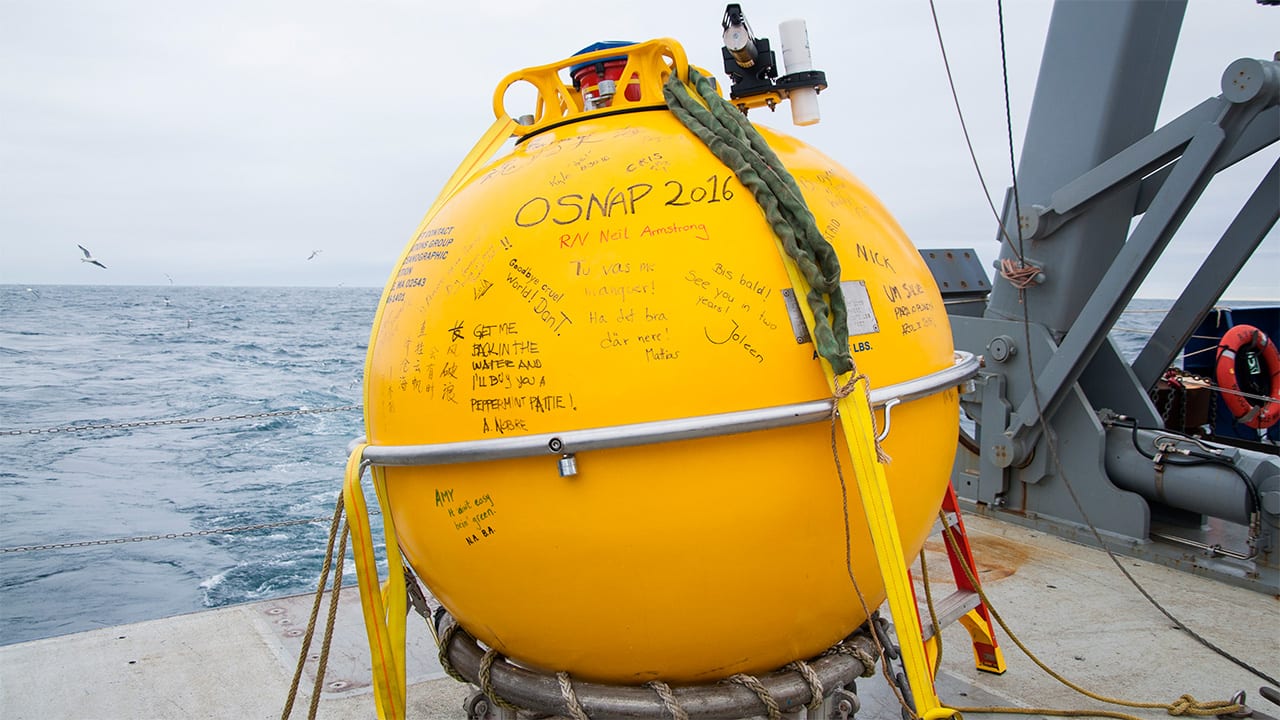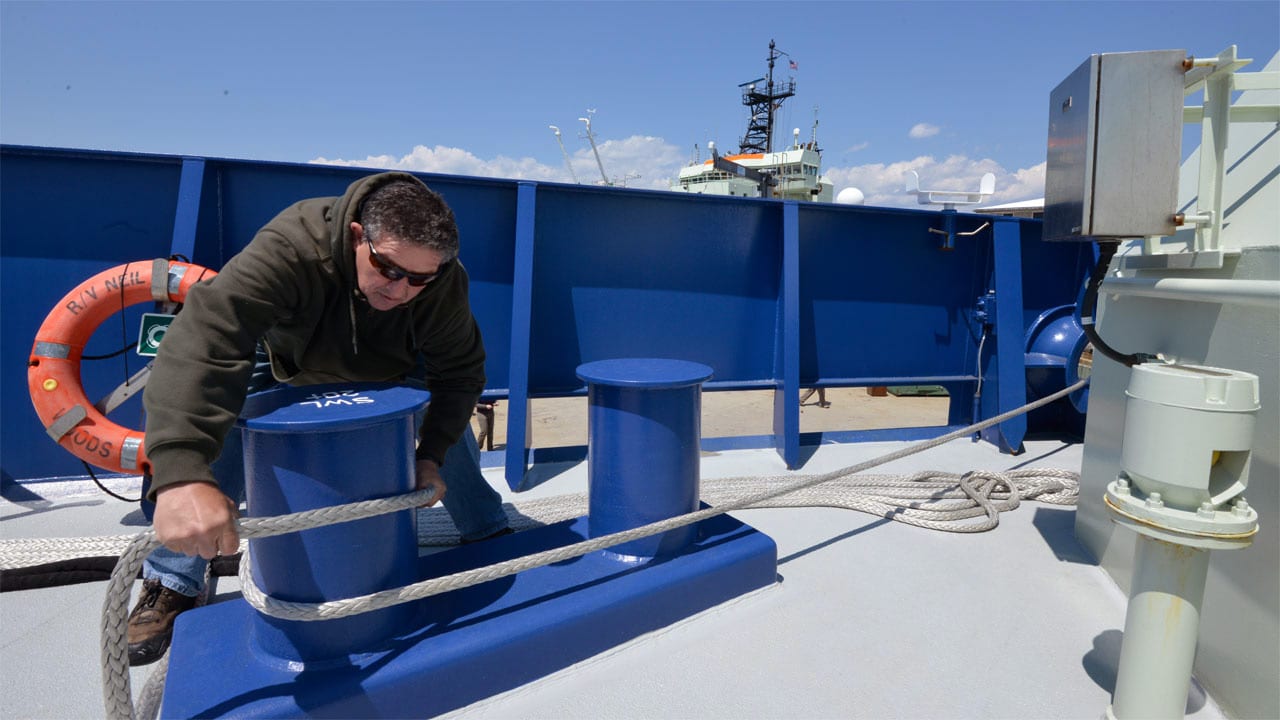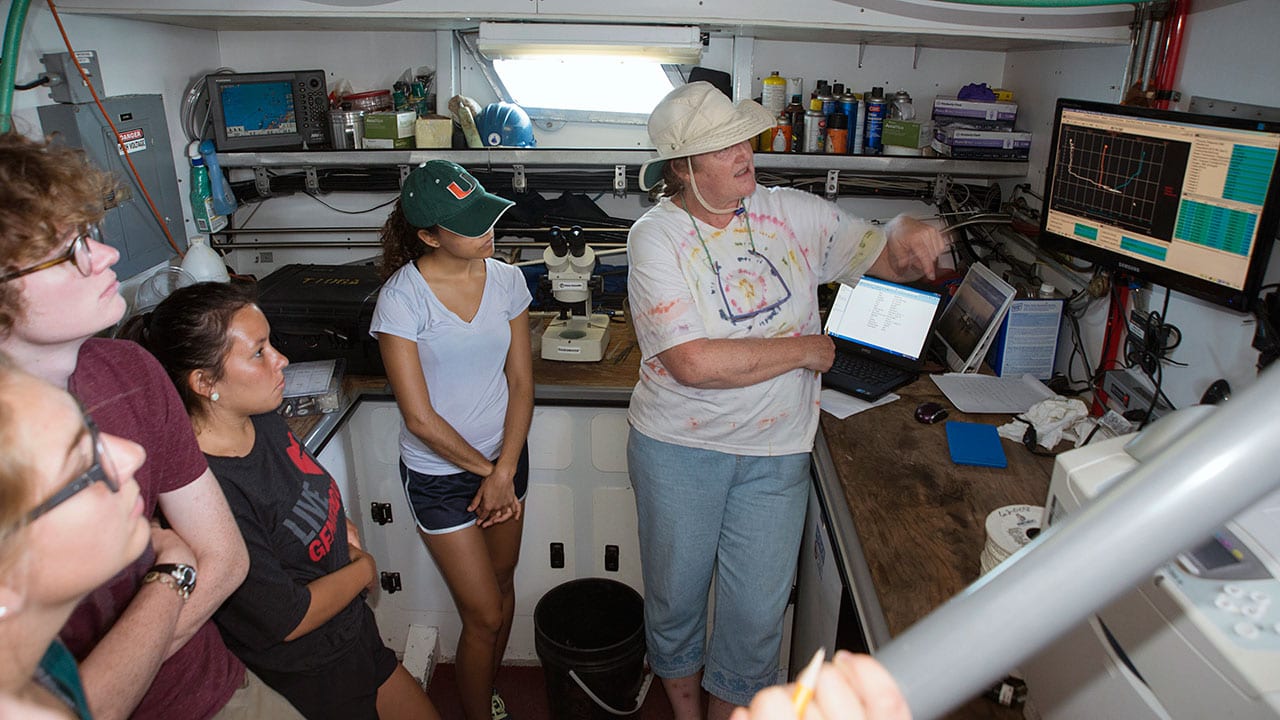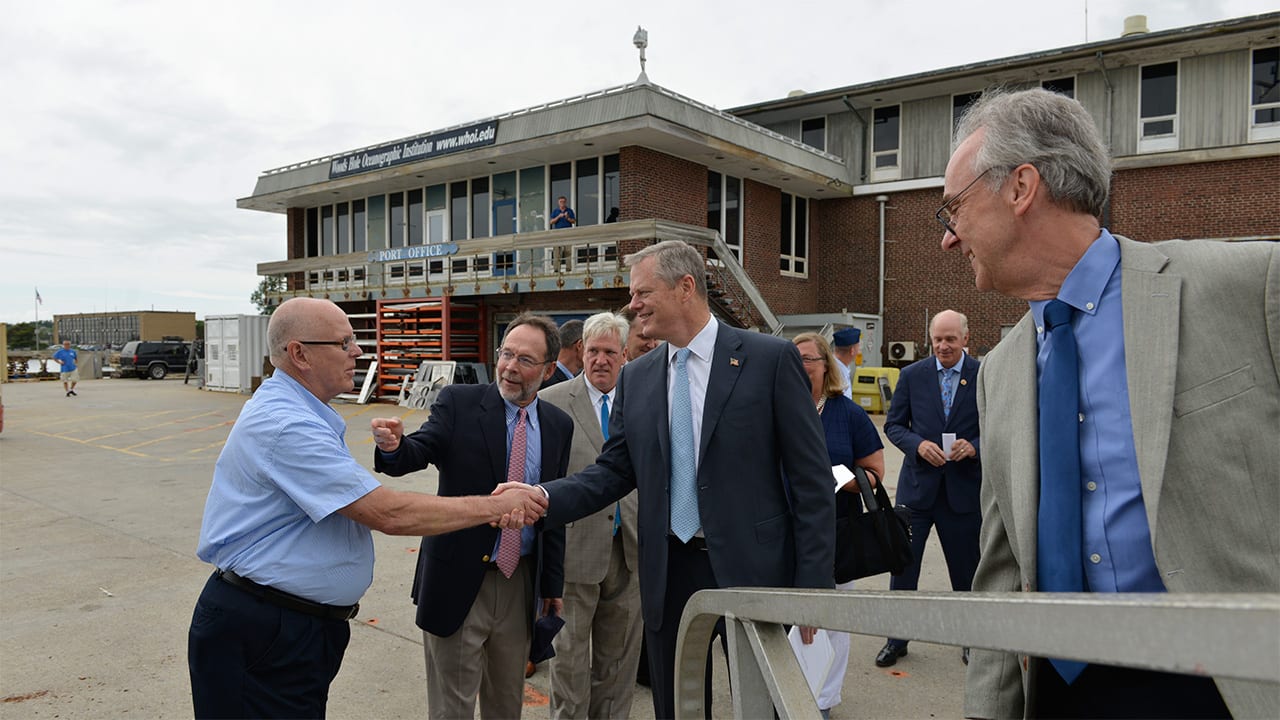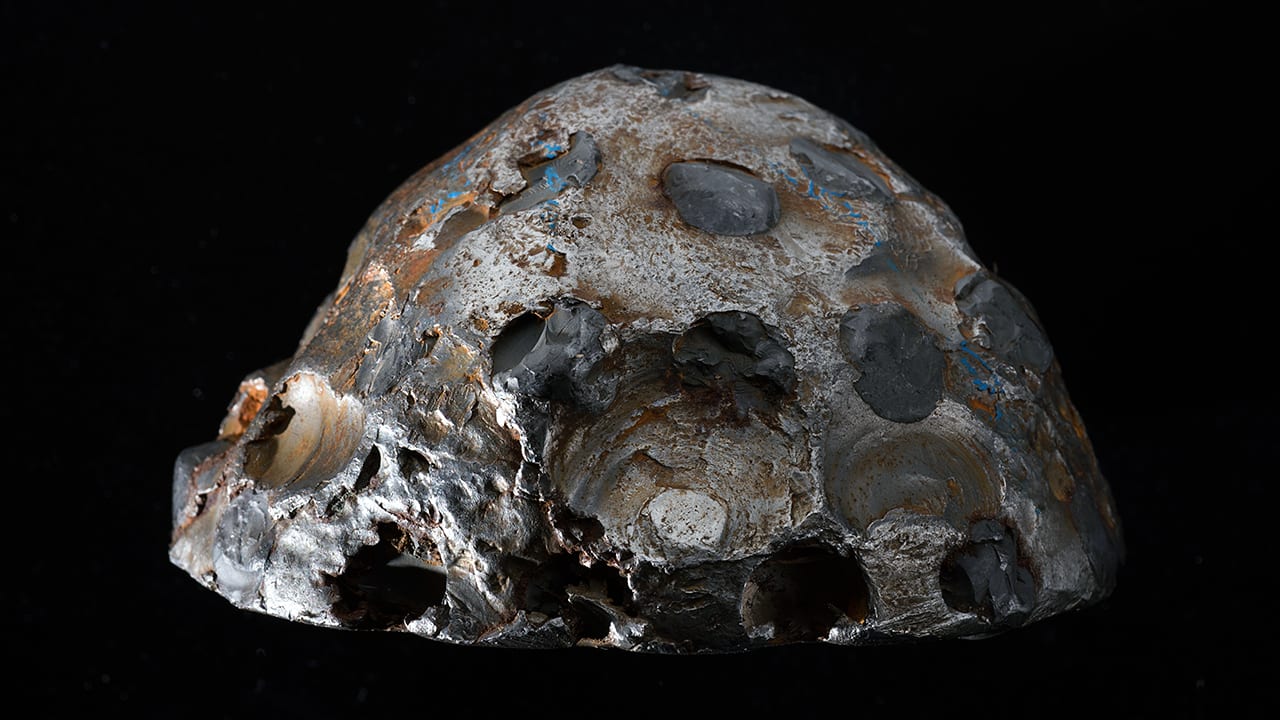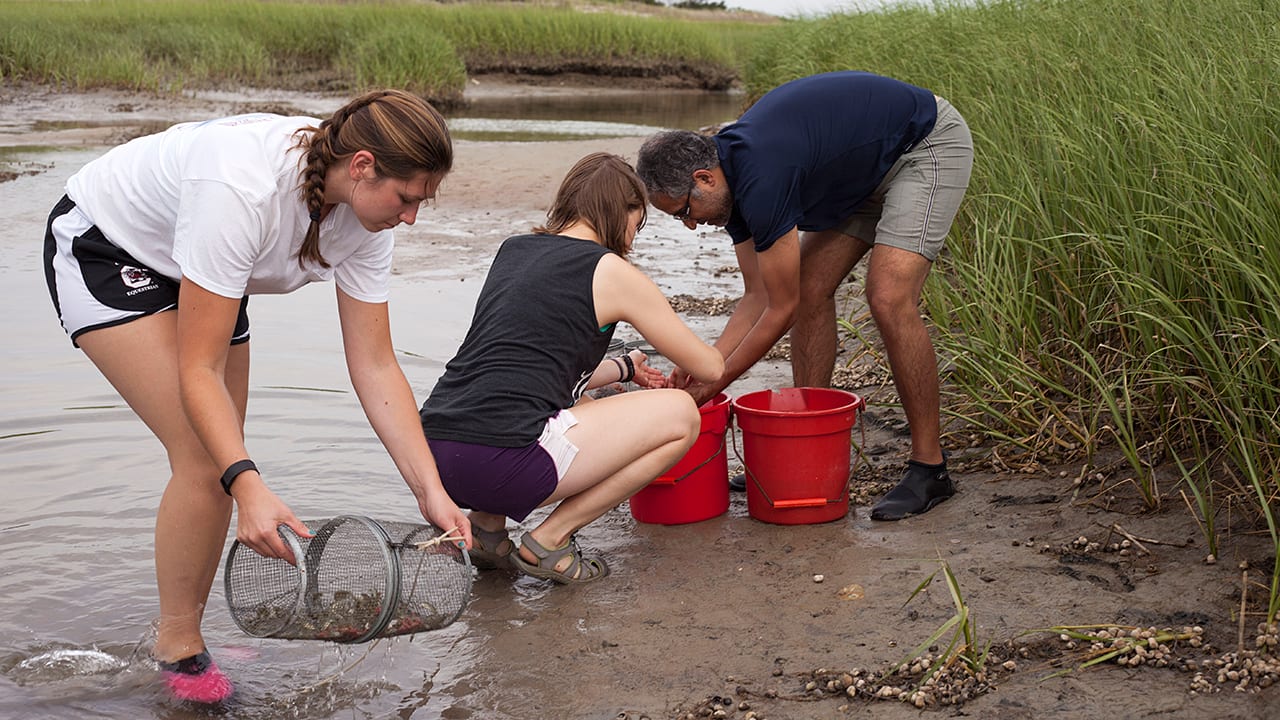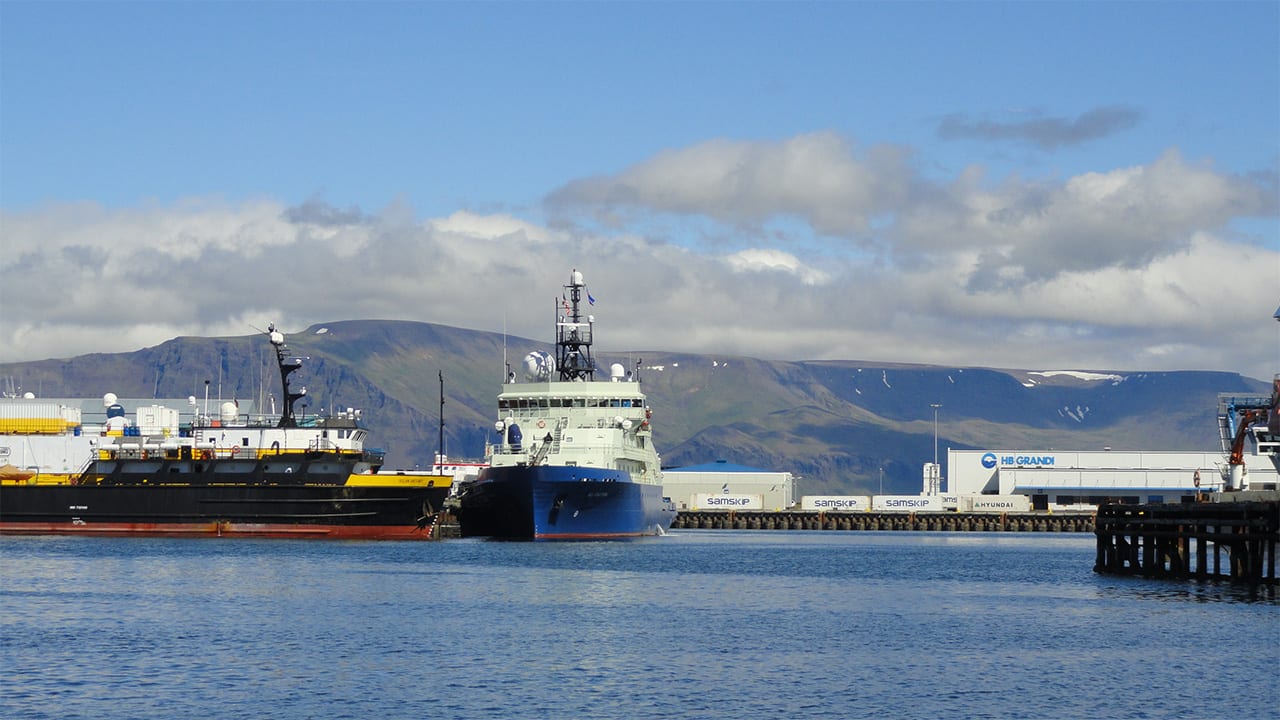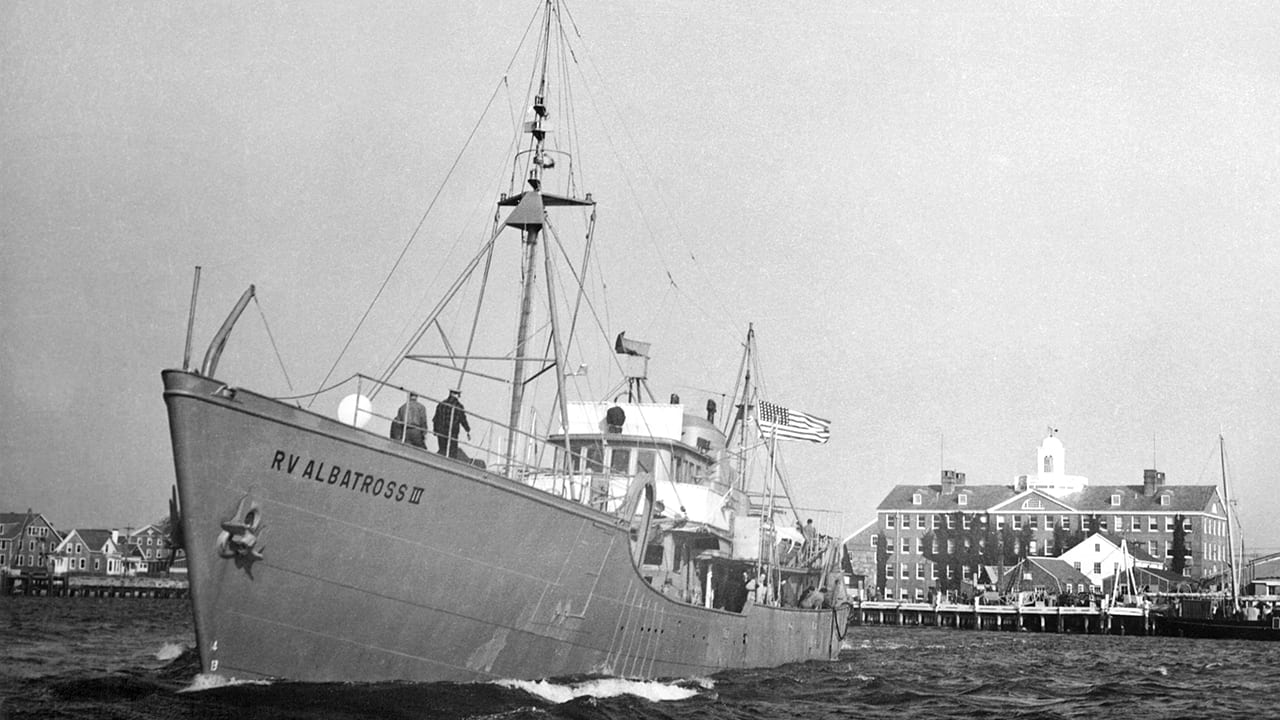Multimedia
Arriving in Style
Members of the Wampanoag tribal nation (foreground) welcome the crew from the Hōkūle’a at WHOI this summer. Hokule’a is a traditional Polynesian sailing canoe currently on a round-the-world tour to…
Read MoreAlvin‘s Army
Alvin, the nation’s deepest-diving human-occupied research sub, was built in 1964 and has been constantly upgraded ever since. It is part of the NSF-sponsored National Deep Submergence Facility at WHOI, which…
Read MoreWaiting Their Turn
Large orange floats line the edge of the WHOI dock. In a couple of weeks, they’ll board the R/V Neil Armstrong bound for the Coastal Pioneer Array, an ocean observatory about…
Read MoreThe Mysterious Life of Eels
The life cycle of eels still holds many mysteries for scientists. Eels are believed to mate and lay their eggs in the Sargasso Sea in the North Atlantic Ocean—but no…
Read MoreEvery Ship has a Story
This 75 foot-long ship—one of the shortest in WHOI’s history—led quite a diverse life. Balanus was constructed in the early 1940s in Winthrop, Mass., less than 100 miles from her…
Read MoreThe Ocean in Her Life
Ella Ruth Goodman, age 4, went on her first whale watch this summer in the Stellwagen Bank National Marine Sanctuary and discovered another world beneath the waves. Her mother, Jessica,…
Read MoreDeep-water Corals in the Northeast Canyons
Just 100 miles off the most heavily populated coast of North America lie nearly 80 canyons cut into the seabed and continental shelf.
Read MoreUp and Comers
For 58 years, WHOI has brought some of the best and brightest undergraduate students from around the world to Woods Hole for a summer-long immersion into ocean science. Students selected…
Read MoreSmall Boat, Big Heart
Coastal waters account for only a fraction of the ocean’s total, but processes that play out close to shore have an oversized impact on us here on land. To study…
Read MoreKeep on Truckin’
The human-occupied vehicle Alvin hitches a ride on a flatbed before being hoisted onto the WHOI-operated research vessel Atlantis in advance of an expedition this summer to explore the depths…
Read MoreHurricane Hunters
Sometimes studying the ocean requires that scientists take to the air, as physical oceanographer Steve Jayne did with the Air Force 53rd Weather Reconnaissance Squadron. Jayne flew with aircraft commander Lt.…
Read MoreOperating Without a Tether
WHOI research engineer Casey Machado works on Nereid Hybrid Tether (HT) during dock trials recently. The “hybrid” in Nereid HT’s name means the remotely operated vehicle (ROV) can either be…
Read More(Fluid) Dynamic Lecturers
The principal lecturers of the 2016 Geophysical Fluid Dynamics program at WHOI were Peko Hosoi, professor of mechanical engineering and mathematics at Massachusetts Institute of Technology, and Michael Shelley, co-director…
Read MoreRing Around the CTD
Every summer, the WHOI Summer Student Fellowship (SSF) program and the Woods Hole Partnership Education Program (PEP) bring undergraduates to WHOI to learn more about ocean science. The students attend lectures by…
Read MoreScience After Hours
Each year, virtually all the marsh grass in coastal wetlands dies, but very little plant material remains buried in sediments. Understanding where this organic matter goes is an important part…
Read MoreDiving Into Work
Oceanographers use tools ranging from simple nets to complex autonomous robots, but there are times when only a human presence in the ocean will suffice. WHOI diving safety officer Ed…
Read MoreFruits of their Labor
This Labor Day, a very satisfied team on R/V Neil Armstrong is headed to port after a successfully servicing moorings on the OSNAP (Overturning in the Subpolar North Atlantic Program) array…
Read MoreAble-Bodied at Sea
R/V Neil Armstrong able-bodied seaman (AB) Pete Boucher secures one of the lines that keep the ship safely attached to the dock when in port. Both the ABs and the…
Read MoreReal Data, Real Oceanography
In the lab on WHOI’s coastal vessel Tioga, instructor Cindy Sellers shows undergraduate students real-time data on water conductivity, temperature, and depth from a CTD instrument lowered from the boat.…
Read MoreWelcome Aboard
WHOI Ship Operations Director Al Suchy, left, was among those who greeted Massachusetts Gov. Charlie Baker on the WHOI dock in June. WHOI VP for Marine Operations Rob Munier makes…
Read MoreExtreme Grinding
This is what’s left of a many-toothed tungsten drill bit after drilling through rock far beneath the seafloor. WHOI geologist Henry Dick recently led a voyage to the Indian Ocean,…
Read MoreGetting Their Feet Wet
Summer Student Fellows Victoria Garefino (left) and Cynthia Becker (center) collect killifish for their research in Scorton Creek on Cape Cod with WHOI biologist Neel Aluru. These small, abundant fish…
Read MorePort of Call
The research vessel Neil Armstrong tied up in Reykjavik, Iceland, recently—its first foreign port-of-call. The ship was between cruises in the North Atlantic. After finishing a trip to the Ocean Observatories Initiative‘s…
Read MoreAlbatross III
R/V Albatross III first sailed under the name Harvard for the North Atlantic Fishery Investigations in Woods Hole. In 1941, the ship was rebuilt, renamed Bellefonte and used by the U.S.…
Read More
